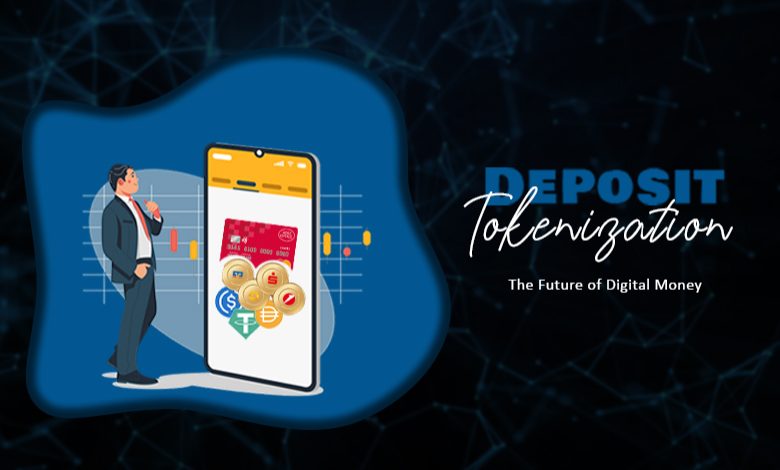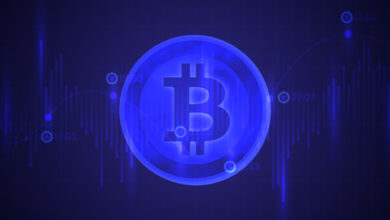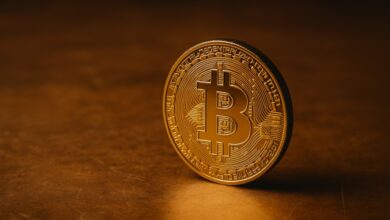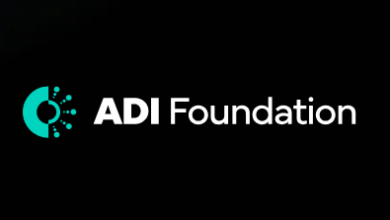Deposit Tokenization: The Future of Digital Money on Blockchain

Tokenization is rapidly gaining momentum as regulated finance adopts blockchain technology. Despite the unfavorable circumstances of the 2022 crypto winter and the recent regulatory restrictions on unregistered securities offerings, the tokenization of traditional financial assets is suddenly thriving. Bank of England, for instance, is actively exploring the potential for tokenization in various forms of money, including bank money, non-bank money, and central bank money.
As blockchain technology advances for commercial use, there is a growing need for digital “cash equivalents” that can be used as a liquid means of payment and store of value in blockchain environments. Stablecoins have been the primary solution for this need, but as more complex commercial transactions are conducted on blockchain, the question of what type of digital currency will be required to support payments at scale has arisen. Deposit tokens and central bank digital currencies (CBDCs) are being explored as potential solutions for the future of digital money.
Deposit tokens will become a widely used form of money within the digital asset ecosystem alongside central bank digital currencies, just as commercial bank money in the form of bank deposits makes up over 90% of circulating money today.
Basak Toprak, Global Product Head of Deposit Tokens at Onyx by J.P. Morgan.
Deposit tokens and their potential to revolutionize financial services
Deposit tokens are tokens that are issued on a blockchain by licensed depository institutions and represent a deposit claim against the issuer. As they are a new form of commercial bank money, deposit tokens are regulated and supervised in the same way as traditional banks. This means they are subject to existing regulations regarding minimum capital and liquidity requirements, as well as technology risk management to control potential risks associated with deposit-taking and other related bank activities.
Deposit tokens can be used for various purposes, including payments, trading, and collateral. They offer new features, such as programmability and instant settlement, which can speed up transactions and automate payment operations.
As part of a larger ecosystem of tokenized assets, deposit tokens have the potential to transform the financial services industry and require trusted institutions to provide payment solutions. Institutional investors are optimistic about the potential benefits of tokenization, provided that it come from a trusted issuer.
According to a report by Oliver Wyman and Onyx by JP Morgan, a survey of institutional investors showed that the vast majority (97%) believe that tokenization has the potential to revolutionize asset management and bring benefits to the financial industry.
The Oliver Wyman report on deposit tokens suggests that deposit tokens must exist as an extension of traditional banking systems, both in design and in regulation, for them to effectively link traditional banking systems with blockchain.
How are deposit tokens different from other forms of digital money?
While deposit tokens can coexist with other digital money innovations, it is important for banks, policymakers, and regulators to evaluate each type of digital money individually based on its specific advantages and risks.
Deposit tokens are based on banks’ existing deposit-taking activities and are not equivalent to non-bank stablecoins or CBDCs, so the frameworks for innovation and regulation must acknowledge these differences.
There several differences between deposit tokens, stablecoins and CBDCs s in terms of issuers, reserve characteristics, claim rights, and regulatory requirements. While deposit tokens are issued by licenced depository institutions, CBDCs are issued by central banks and stablecoins are issued by non-bank private entities.
As they are considered part of the banking ecosystem, deposit tokens are subject to the same regulations and supervision as commercial bank deposits. CBDCs are secured and overseen directly by national entities. As for stablecoins, there is still no regulatory framework in most markets, and an absence of reserve standards and uncertainty surrounding redemption rights.
While deposit tokens represent a demand deposit claim against the issuer, that is digital representation of existing liabilities, a CBDC is a digital version of domestic currency with a unit of account that is equivalent to its domestic currency. Wholesale CBDCs are primarily be used by financial institutions such as banks and retail CBDCs are primarily used be utilized by individuals. While, a synthetic CBDC falls somewhere between deposit tokens and CBDC, where financial institutions create tokens that are backed by bank deposits held at the central bank.
MENA region’s potential for leading in deposit tokenization
Recent developments in the MENA region indicate that is has the potential to lead in tokenization, including the tokenization of commercial bank money. The UAE economic Minister Abdulla Bin Touq Al Marri, stated that “tokenization is the key to the next generation of growth” and that the country is actively developing regulations to facilitate tokenization.
The Dubai World Trade Centre Authority has made great efforts and committed to becoming a Crypto zone and regulator for digital assets and currencies, while the Emirate of Dubai enacted Law No. 4 of 2022 to regulate virtual assets and established the Dubai Virtual Assets Regulatory Authority to address the growth of digital assets.
Furthermore, the COVID-19 pandemic has led to an increase in digital transactions in MENA, with research indicating that over half of new users will continue to use digital payments rather than revert to cash. This means that the region will eventually need to focus more on cash equivalents like deposit tokens that would provide a convenient payment tool and a store of value in a digital world.
The MENA region is experiencing a rapid growth in the adoption of digital currencies. In its 2023-2026 roadmap, the UAE central bank has initially prioritized the issuance of digital fiat. The UAE’s CBDC initiative is predicted to hasten its move towards digitalization and reinforce its status as a prominent global financial center.
A report by the Arab Monetary Fund (AMF) in 2022 also revealed that 69% of Arab banks were still in the process of determining the type of digital currency they want to issue, while 25% were interested in adopting several types of digital currencies, including wholesale, retail, and hybrid CBDCs.
As the MENA region is advancing rapidly in the realm of digital currencies, this may indicate that the implementation of deposit tokens in the region is very possible. Deposit tokens and wholesale CBDCs on the blockchain can work together in a mutually beneficial way, strengthening the existing two-tier banking system and facilitating the smooth integration of CBDCs into the banking system.
Deposit tokens have the potential to serve as a solid basis for digital money and play a significant role in a wider tokenized asset system, as digital transactions become more intricate and widespread. Due to their technical characteristics, compliance with established banking regulations, and easy integration with financial services through the banking industry, deposit tokens can act as a stabilizing force in the digital money realm, while simultaneously introducing new avenues for improving commercial bank money.
Hence, would commercial banks in the MENA region consider issuing their own deposit tokens in the near future? And if so, how would these tokens be treated under VARA and ADGM jurisdictions?





